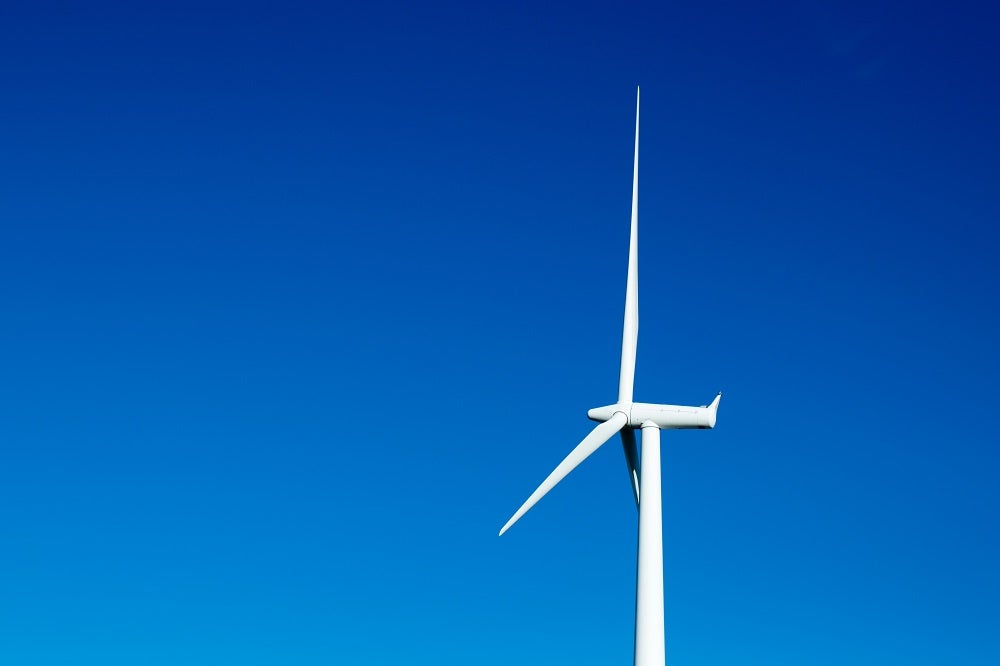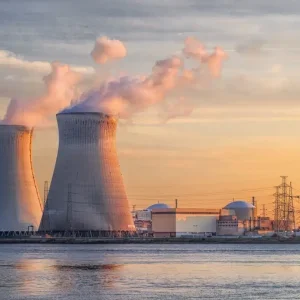
Renewable power capacity growth is poised to register its first annual decline for two decades in 2020 as a result of the global upheaval triggered by the coronavirus pandemic.
Project delays, supply chain disruptions, and financing challenges have all conspired to slow the pace of new capacity additions to the global renewables fleet, with a 13% year-on-year drop expected in 2020 to 167 gigawatts (GW).
A new analysis from the International Energy Agency (IEA) released today (20 May) says that despite this slowdown, renewable power will still grow by 6% this year – more than the total capacities of North America and Europe combined.
Renewable power growth can rebound quickly after difficult 2020 – but policy support is vital
With early signs of a market recovery from the pandemic emerging as lockdowns begin to ease, the Paris-based energy watchdog believes there could be a rebound to pre-crisis levels in 2021 as renewable energy projects resume – provided there is adequate policy support from governments.
IEA executive director Dr Fatih Birol said: “The resilience of renewable electricity to the impacts of the Covid-19 crisis is good news but cannot be taken for granted.
“Countries are continuing to build new wind turbines and solar plants, but at a much slower pace. Even before the Covid-19 pandemic struck, the world needed to significantly accelerate the deployment of renewables to have a chance of meeting its energy and climate goals.
“Amid today’s extraordinary health and economic challenges, governments must not lose sight of the essential task of stepping up clean energy transitions to enable us to emerge from the crisis on a secure and sustainable path.”
Renewables had been making strong progress before Covid-19
There have been indications that renewables stand better equipped to withstand the pressures of the Covid-19 emergency than their fossil fuel rivals, but the sheer size and complexity of the economic and logistical challenges have nevertheless taken their toll.
Clean energy had made strong progress in the years prior to the pandemic, with both wind and solar in particular making big strides to rival carbon-intensive fuel sources on both price and capacity.
The effects of coronavirus have arrested that progress, however, with the IEA cautioning that although renewables are expected to rebound swiftly, the combined capacity growth for 2020 and 2021 is now expected to be 10% lower than pre-crisis forecasts.
Dr Birol added: “The spectacular growth and cost reductions of renewables over the past two decades have been a big success story for global energy markets, driven by innovation in both technology and policies.
“But continuing cost declines will not be enough to protect renewables from a range of uncertainties that are being exacerbated by Covid-19.
“This underlines the critical importance of getting stimulus packages and policy strategies right in order to ensure investor confidence in the months and years ahead.”
The energy organisation says solar photovoltaic will be particularly affected, because of a significantly slower recovery as households and small businesses review investment plans.
Onshore wind, meanwhile, will be hit by commissioning delays, although with many projects already financed and in some cases under construction, this imbalance should be redressed during 2021.
The travel restrictions that have dealt such a concussive blow to global oil markets have also taken their toll on biofuels, with the IEA forecasting a 13% production decline this year as demand for transport fuel dries up.






